Today, let’s take our Traditional City principles and get to work on a concrete example. Specifically, we will talk about how to rebuild the Sunset district of western San Francisco, at much higher density. Many more people could live there, housing prices would decline due to much more supply, and it would also be much more liveable and pleasant.
The Traditional City Archive
October 22, 2017: How Much Should Homes Cost?
September 26, 2017: The $50,000 San Francisco Home
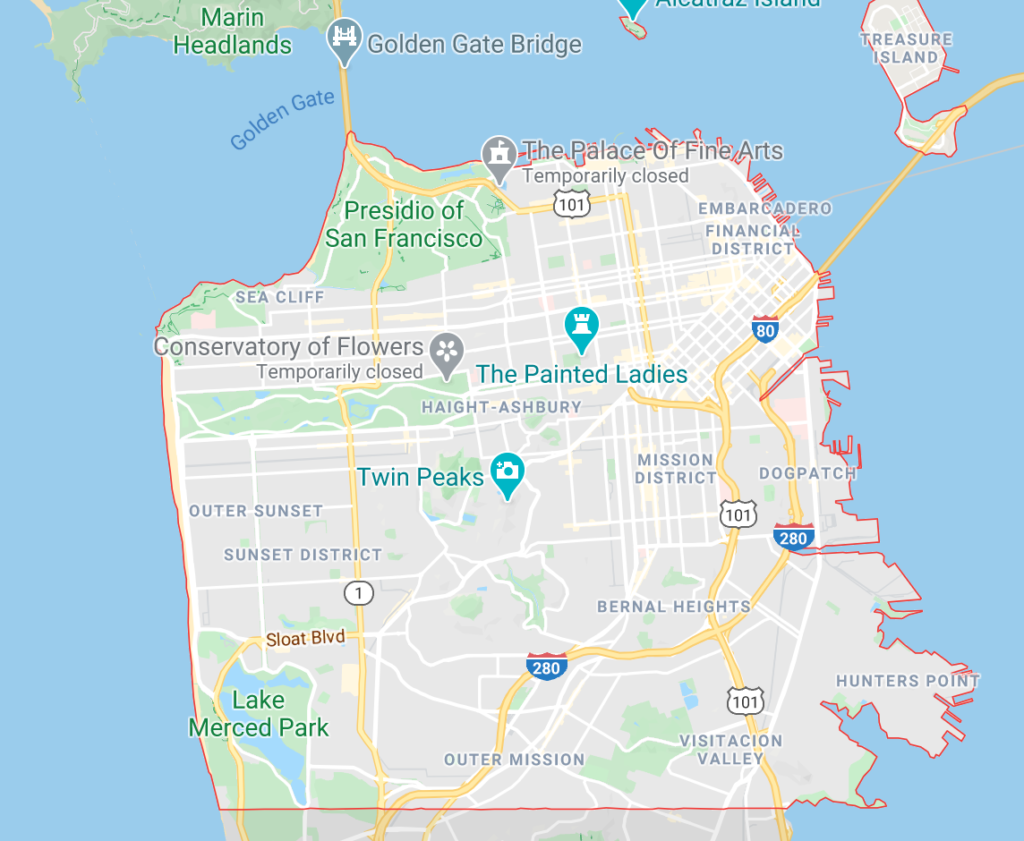
The Sunset district is to the west of Twin Peaks.
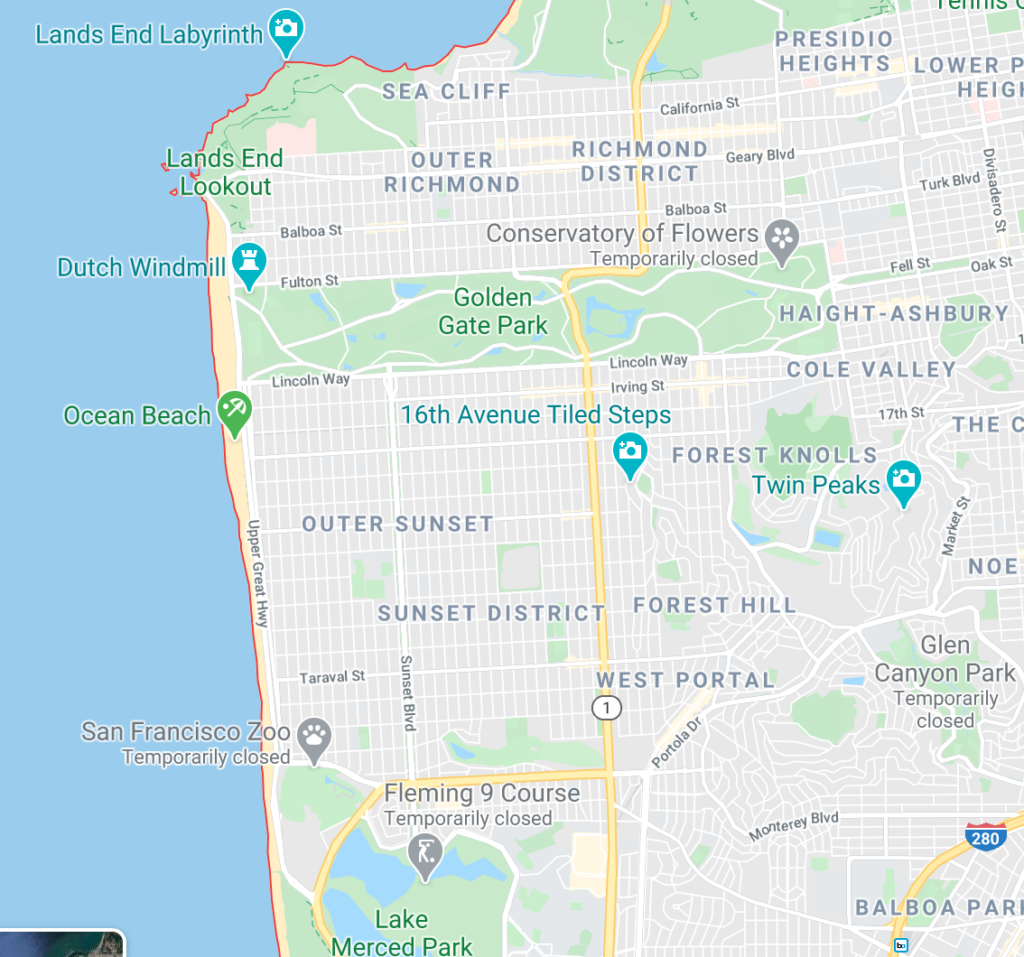
This district is naturally bounded on all sides, by the Pacific Ocean, Golden Gate Park, Twin Peaks (which are rather formidable hills; note the curvy streets), and Lake Merced Park. It is somewhat isolated, as it does not have either easy access to major freeways (such as 280 to the southeast) or the BART subway system. The primary transit system is the MUNI streetcars and buses. These connect to the BART subway/regional rail system mostly at Civic Center (on the east edge) station, after passing under Twin Peaks via tunnels. Also note the 16th/Mission and 24th/Mission stations to the east, which connect with BART. Streetcar lines are in red, buses in blue.

Here’s BART:
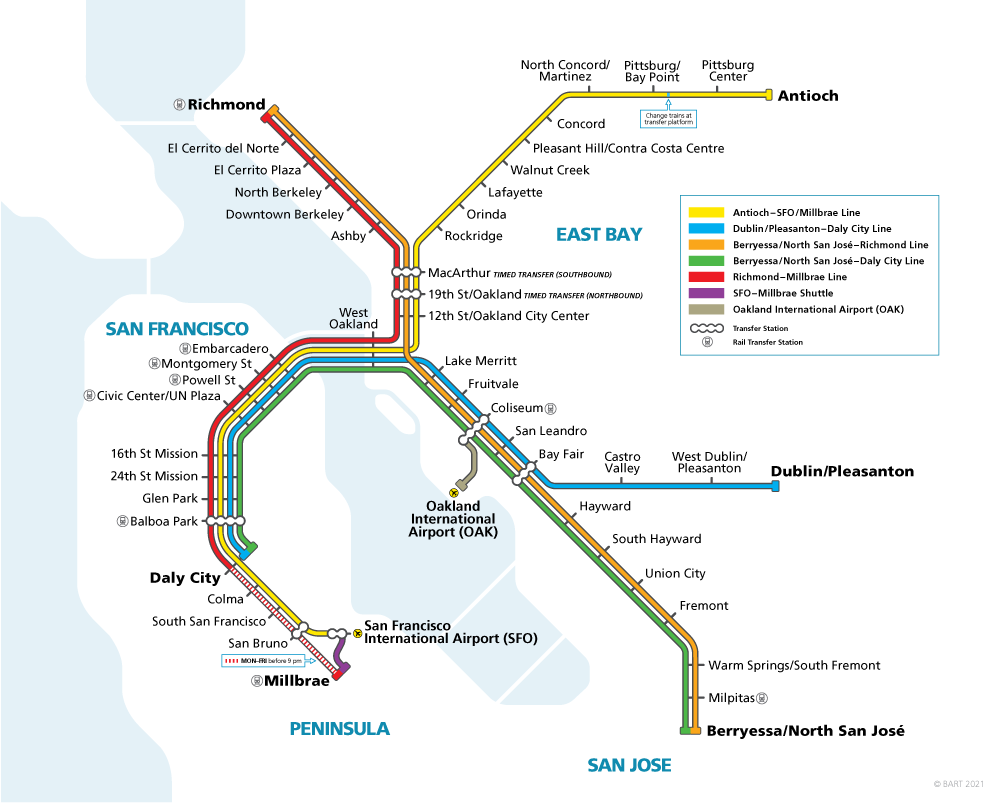
As it is somewhat isolated, and thus not a very good place for business (it is hard to commute to), it has been a residential area. The typical format is a two-story townhouse on a plot of about 40×100, or 4000 square feet (about 1/10th of an acre). This is combined with very large Arterial-size streets in a grid pattern, the typical format of 19th Century Hypertrophism.
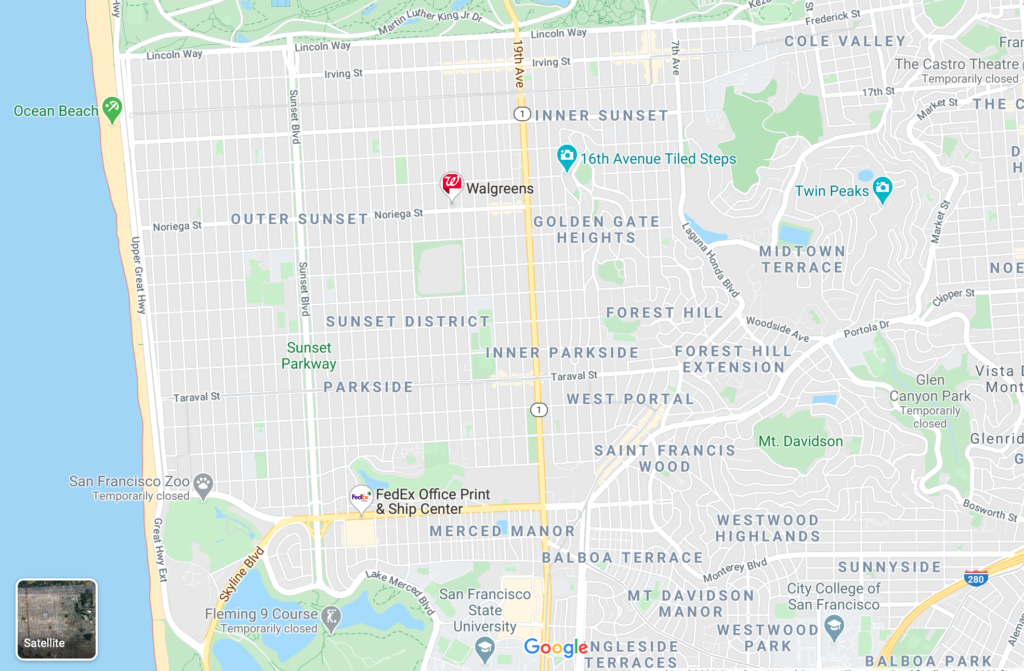
Note the grid pattern. In general, the east-west streets are larger Arterials, that actually function as Arterials, and the north-south streets are Arterial in size, but mostly handle local traffic only and tend to be rather quiet.

Here is a typical north-south street, namely 32nd Street, looking north from the intersection with Santiago, a larger east-west Arterial.
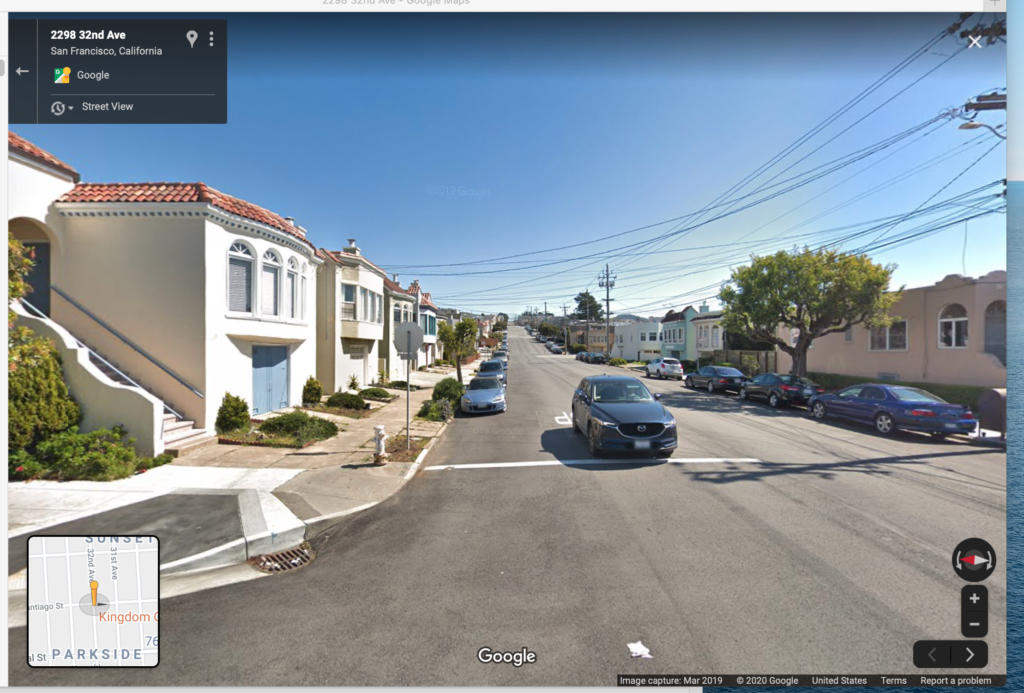
Here is Santiago, an east-west Arterial, looking west.
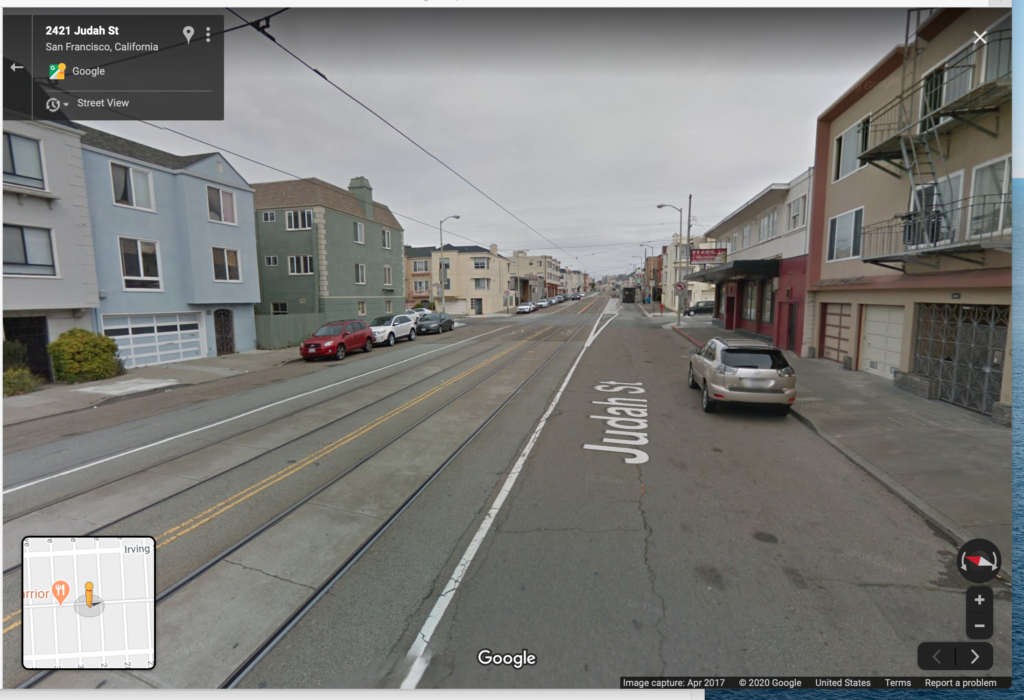
Here is Judah street, to the north, which has one of the two major streetcar lines in the district. You can see the streetcar tracks here.
Let’s start by noting that this area is probably perceived as somewhat “dense” by the standards of California automobile suburbs, or their “small town America” predecessors. We have attached or effectively-attached houses on fairly narrow lots. We have not much of a setback from the street, and little that you could call a “front yard.” Many Americans might consider this “uncomfortably dense.” The plot size, of 4000 square feet, is already radically smaller than the typical suburban ideal of 1/4th to 1/2 acre (10,000-20,000 square feet). They do not want anything much denser. Probably, they would be concerned about more traffic; and this is natural when you are living hard up against a large Arterial-style street that is designed for large amounts of traffic. Probably they imagine that “more density” means tall towers and brutalist concrete blocks. Yech.
And just look at it. The photo of 32nd street. Doesn’t that already seem harsh and bleak? Wouldn’t you like to have more “green space”? Would you want to live there? Raise a family there? Retire there? Aren’t you already itching to “get out of the city” (presumably to the country) somehow?
August 28, 2017: Getting Over the Suburban Hump To Successful Urbanism
October 11, 2009: Place and Non-Place
But, I say that we can apply our Traditional City principles here, and arrive at much higher density (so more people can live there; and also, prices are lower), and it would be a lot more pleasant too. Like this:

Paris, France. This is 3-4 stories, on a street about 20 feet wide from building to building. No setback.

Paris, France. 6 story buildings on a street about 50 feet wide from building to building. No setbacks.

London, England. 5-story buildings on a street about 60 feet wide, building to building. No setbacks.
These examples are actually quite wide, compared to my Narrow Streets for People standards often around 15 feet wide.
March 8, 2015: Narrow Streets for People

But, maybe it is best not to rattle people’s cages too much.
Now, look at those four real-life examples of the Traditional City. This is not utopian fantasy, they are real places that have been that way for hundreds of years — in some cases, thousands. A lot of people living in the Sunset district of San Francisco get on planes during their vacations just to spend a week there.
So, we can see that we can achieve much higher densities, and also that it is much more pleasant and liveable, just like I said we would do. Anyone who would actually prefer 32nd Street as it actually exists today, instead of one of these examples from Paris or London, is a little daffy. But even for these special people, there are many other equally ugly places in the United States or San Francisco where they could live, after selling out their property to an apartment developer for a huge profit. Boo hoo hoo.
We can see that the buildings in the Sunset district are, for the most part, nothing special. Nothing that belongs on the National Register of Historic Places. We can get rid of them and build something better. Since land values here are very high, there is no reason to skimp on construction costs. We will have a big budget to spend on high-quality architecture. While we are at it, we will have some money left over so we can put those ugly cables underground. Many cheap-ass buildings in sunny California — like these in the Sunset district — are built with stucco over a wood frame, because it is about the cheapest-ass building you can get away with. It is literally cement spread over paper and wire mesh. I’ve seen it go up in a couple days. You can just about stick your finger through it.
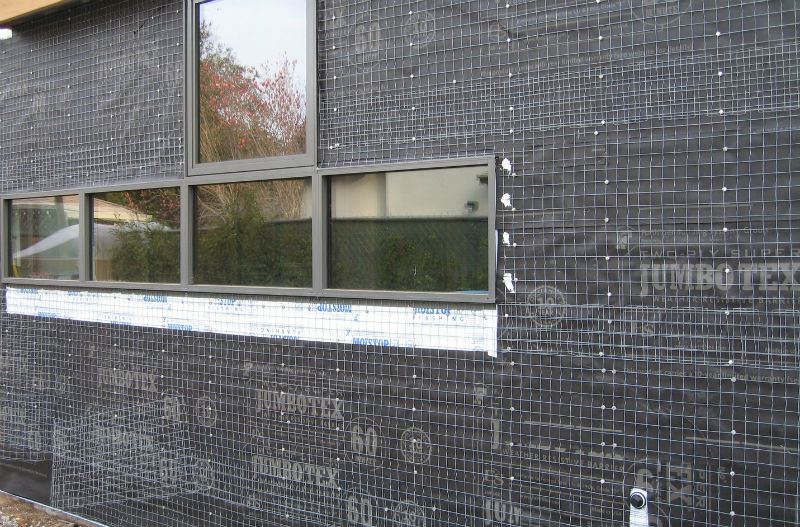

I grew up in a house built like this, in Los Angeles. I definitely DID NOT stick my finger through the wall when I was a child, because I could have, and then my father would have been angry.
So let’s not have a waawaa about this crapulous crapola, OK?
Although the density of the Sunset district, as it is today, might seem uncomfortably high compared to typical automobile suburbs, it is actually quite low by Traditional City standards. Although we are using an attached townhouse form, the building footprint/total area ratio is very low, probably under 20%.
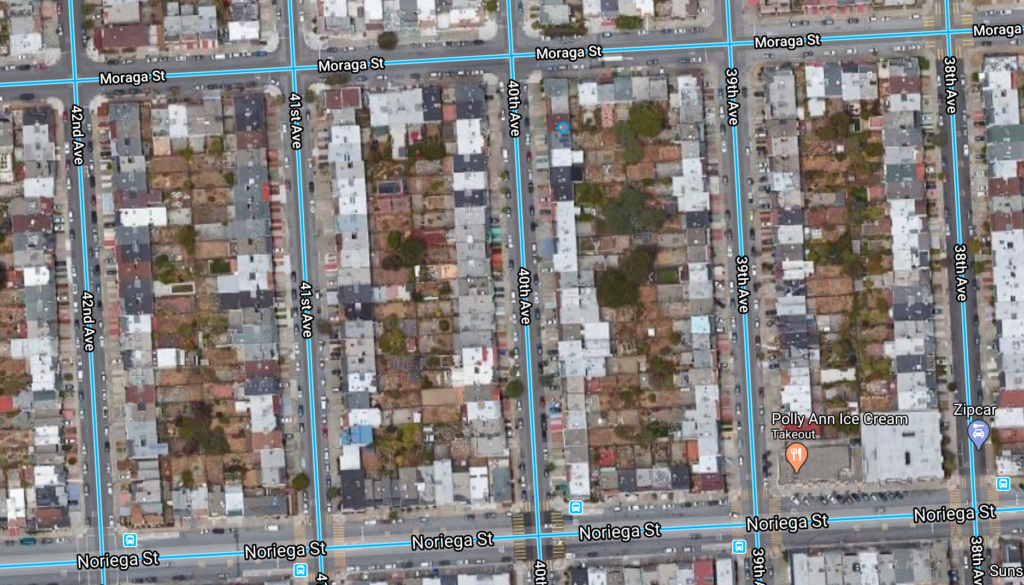
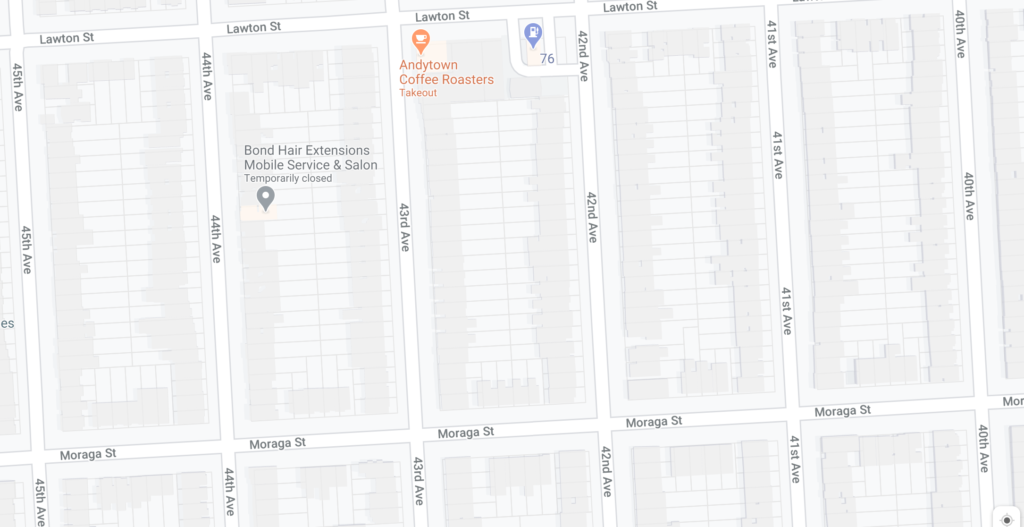
This comes about for two related reasons. First, the north-south Local streets are very wide, of Arterial width, which of course consumes a lot of valuable land area. Second, because these streets are very wide, they must also be spaced far apart, or too much total land area will be consumed by streets. For example, if the street right-of-way is 80 feet wide, which is common here, and you have 200 feet between streets, then you will have 80/280=29% of land area consumed by roadways, not even counting the east-west streets. If you had an 80 foot roadway and 100 feet between streets, then you would have 80/180=44% of land area consumed by roadway (again not counting the east-west streets). This doesn’t work. So, by having a wide roadway, you must also have a wide distance between streets. Let’s say that it is 200 feet, which means that the lots are 100 feet deep. If the house is 40 feet deep, that leaves 60 feet leftover, which is used as a front setback and backyard. So, the house footprint even on the individual lot itself is only 40/100=40% coverage. Yes, you get a nice backyard, but you have to pay dearly for it, since it consumes so much valuable land area. At today’s prices, these backyards effectively cost millions of dollars! Much better to have a local park nearby, which is ten times larger, you don’t have to maintain it, and it is free.
Here is a residential neighborhood in western Tokyo that actually uses a single-family detached residential form, not attached townhouses. But, because the area used by roadways is small, this also allows smaller individual lots (40×50 let’s say), and a much higher building footprint/land area ratio.

This residential neighborhood in Seijo, western Tokyo, probably seems very green and lush, somewhat “countrified.” And, it is. Here are some typical streets in this neighborhood.

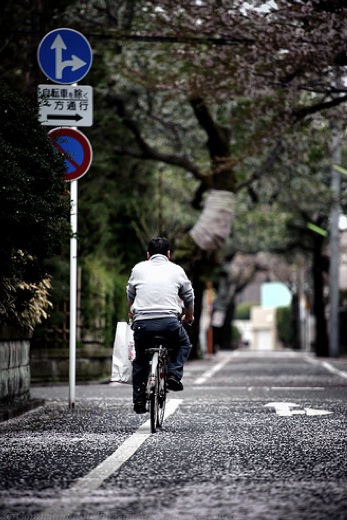
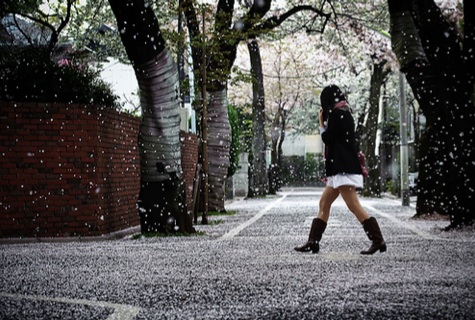
We can see that the street width here is MUCH smaller.
Here’s a closeup:
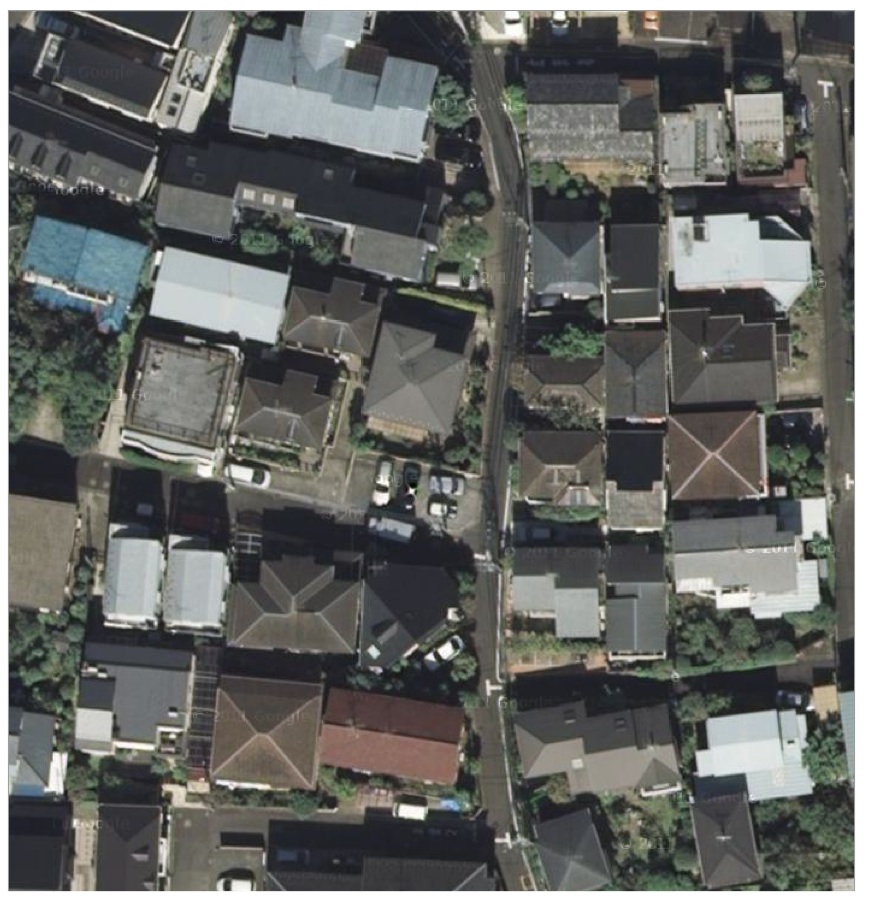
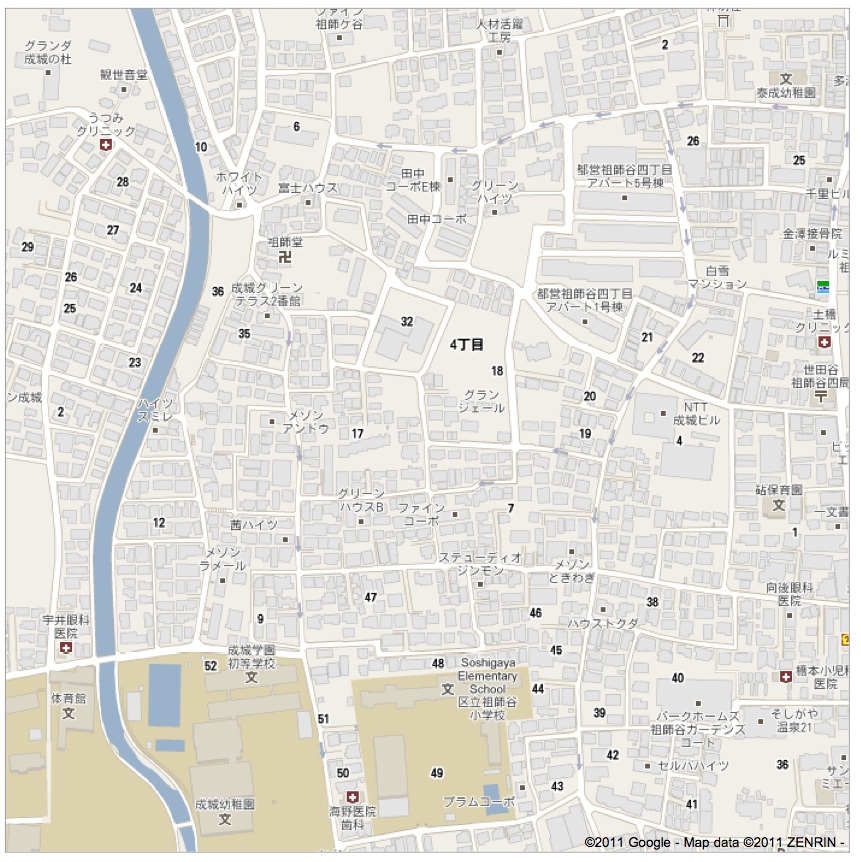
Obviously, the building footprint/land area ratio is much higher here, more like 50%, and that includes some large open areas like parks and school playgrounds.
This kind of lowrise detached residential form, in Seijo, achieves densities of about 30,000 people per square mile, compared to 18,900 for the City of San Francisco. That is a big 50% increase, even using single-family detached housing.
There are a few places like this in the U.S., including some corners of Sarasota, Florida:
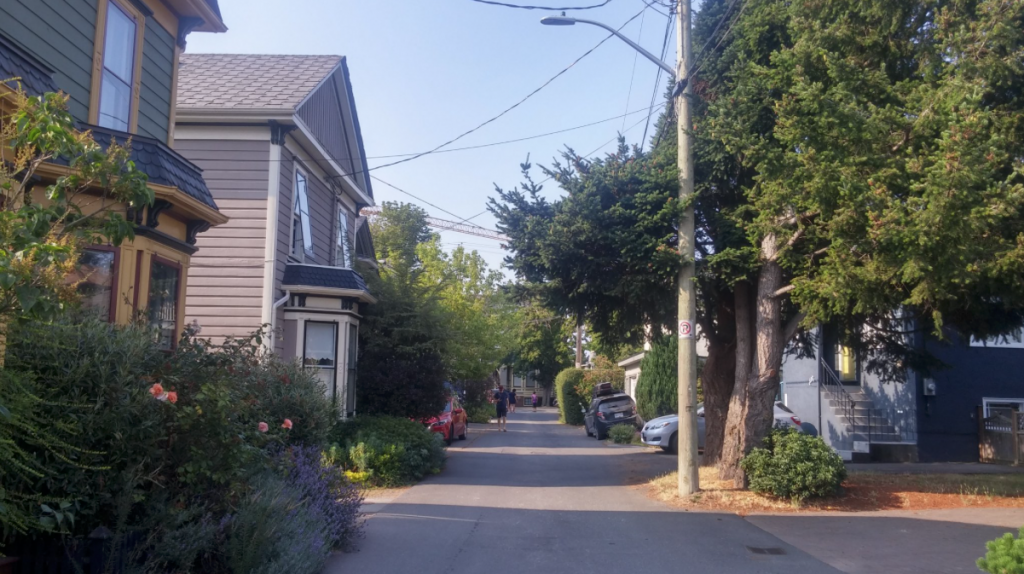
Whaaaat? You can do that?
Yep.
Here are some Narrow Streets for People used in a mobile home community in Bradenton, Florida. The density is high here even with one-story construction.
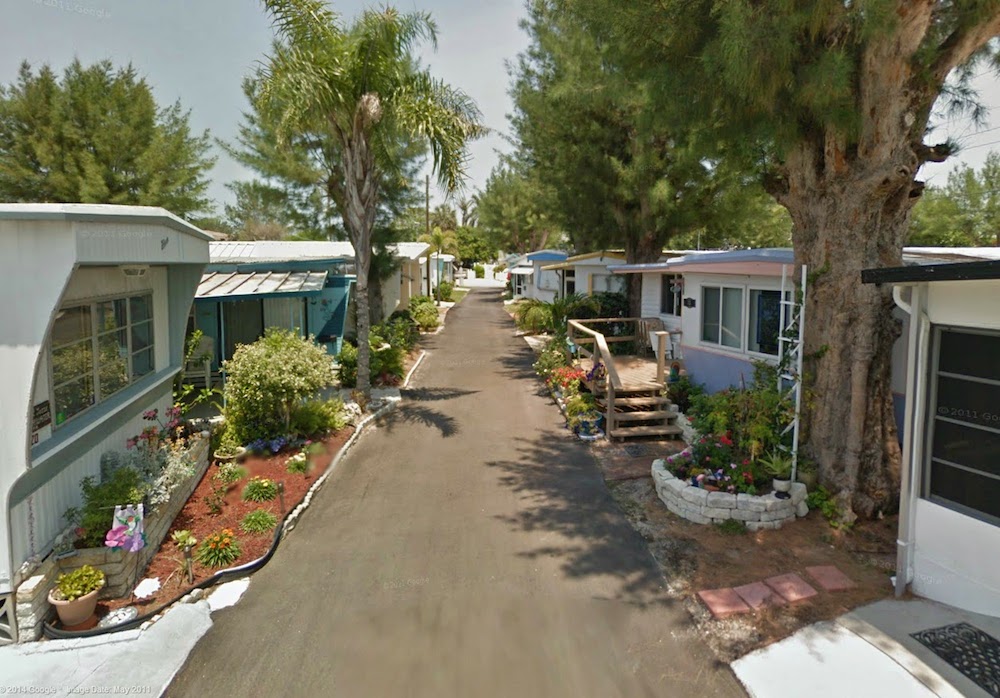
Santa Barbara, California.

Carmel, California.

But, since lots of people want to live in San Francisco in general, and the Sunset district in particular, we would want much higher densities than this, more like our Paris or London examples.

Zurich, Switzerland. Note the Narrow local street, and then an Arterial (let’s imagine it is east-west) with a streetcar. Hmmm.
That will be enough for today, but I will have much more to say about Sunset 2.0 soon.

